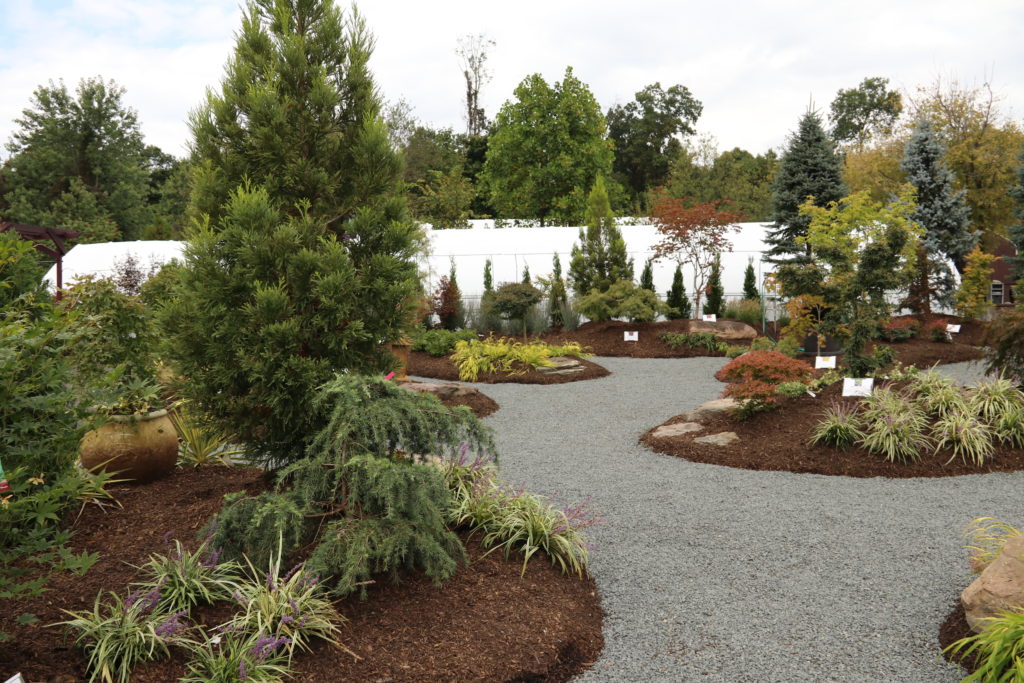
(Pomona, New York) August 29, 2022 — Like all good things, summer is coming to an end, and it is time to start preparing your garden beds for the cooler weather. August is a good time for some judicious pruning to ensure healthy plants and a neat looking yard. Keep in mind that spring-flowering plants like azaleas, rhododendrons and forsythia form their spring buds in late summer, so best not to touch them until after they have bloomed next spring.
Perennials naturally die back each year when they go dormant and often perform better after they are pruned. By trimming them in late summer or early fall, next spring the new foliage won’t have to compete with the previous season’s detritus. Also, diseases can lie dormant in dead foliage, as can slugs and other pests, and old stems can get battered by winter storms, which can damage the plant’s crown and roots, so pruning and cleaning beds is important to the overall health of the garden.
When is the best time to cut things back? For frost-sensitive plants, wait until after they have gone through several hard frosts to ensure they’re dormant. Badly damaged or infested foliage should be cut back and removed from infected plants. As with the vegetable garden, any diseased or bug infested plant material needs to go out with the garbage—do not add to the compost heap. Other pruning tips:
- Summer pruning of rosebushes can increase late-season blooms, but limit it to deadheading, removing damaged wood, and shaping to remove leggy branches.
- Phlox is prone to powdery mildew so, prune and destroy all foliage and stems in the fall. Even if the plant is healthy, it will benefit from some thinning to increase airflow.
- Peonies need a period of cold to set buds for the following season. As their foliage is also prone to mildew, fall is the best time to cut them off 2 to 3 inches above the soil.
- It is a good idea to prune perennial salvia several times during the growing season to prevent it from getting floppy and encourage reblooming. In the fall, cut back the whole plant to the new basal growth to keep it healthy for spring.
- Cut Hosta leaves down to about two or three inches of each stem after a hard frost, including any leaves on the ground, as they may harbor slug eggs.
- Bearded Irises should be cut back in fall. The iris borers’ eggs hide on leaves and stems of the mother plant; by cutting the leaves back and destroying them, you can help reduce or even eliminate borers from your garden.
